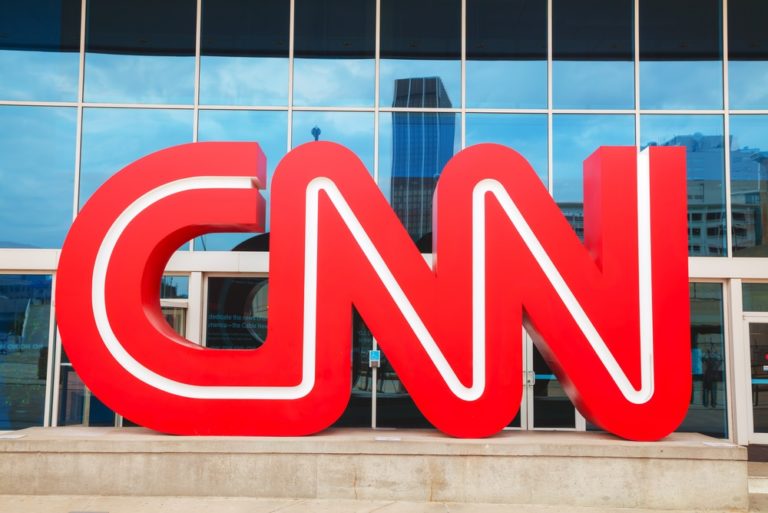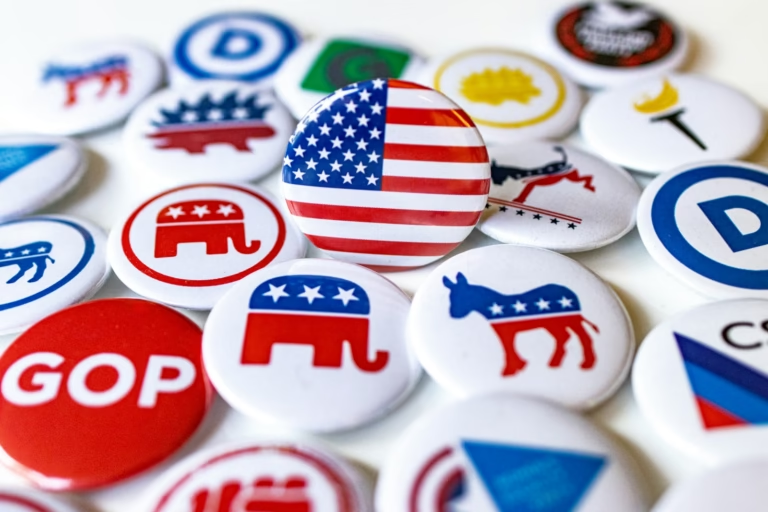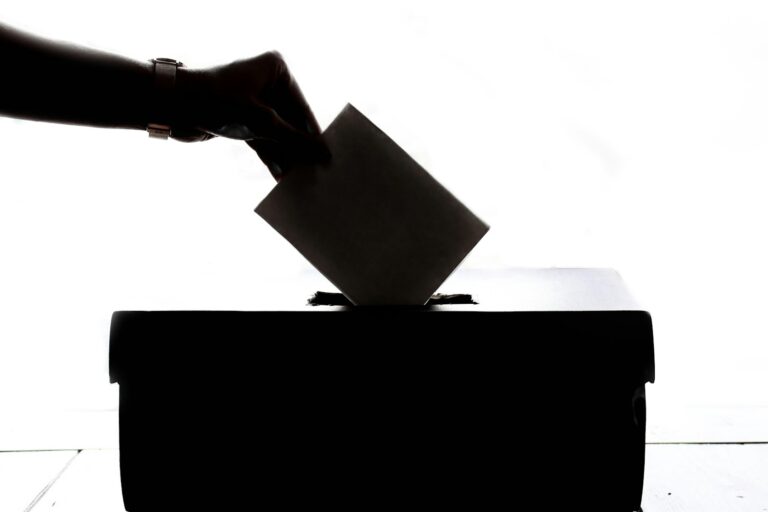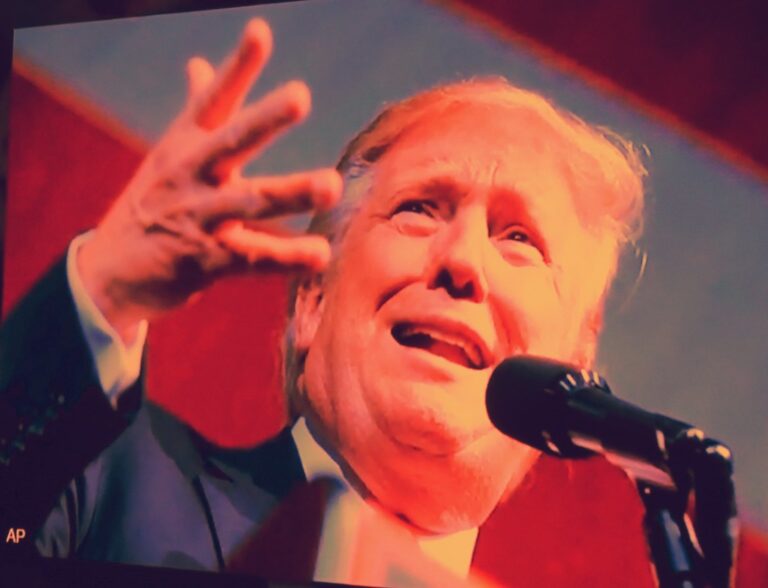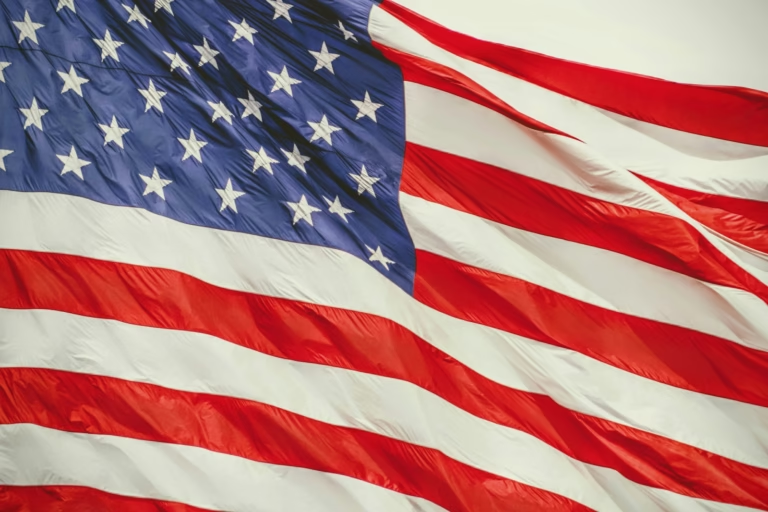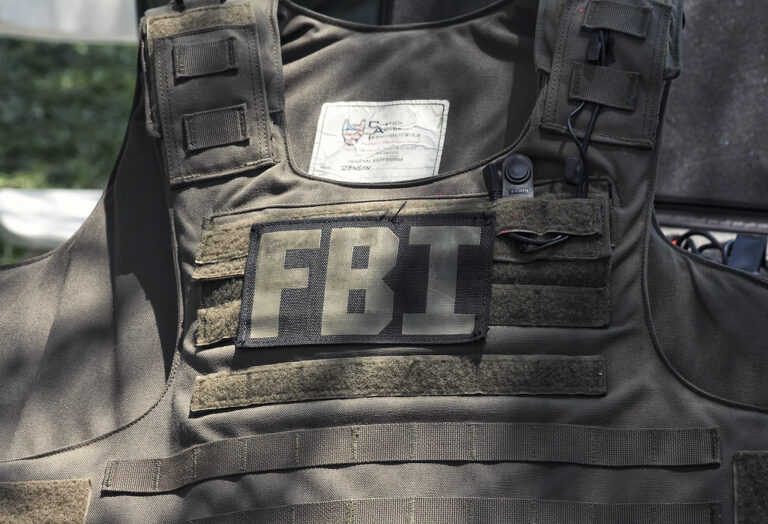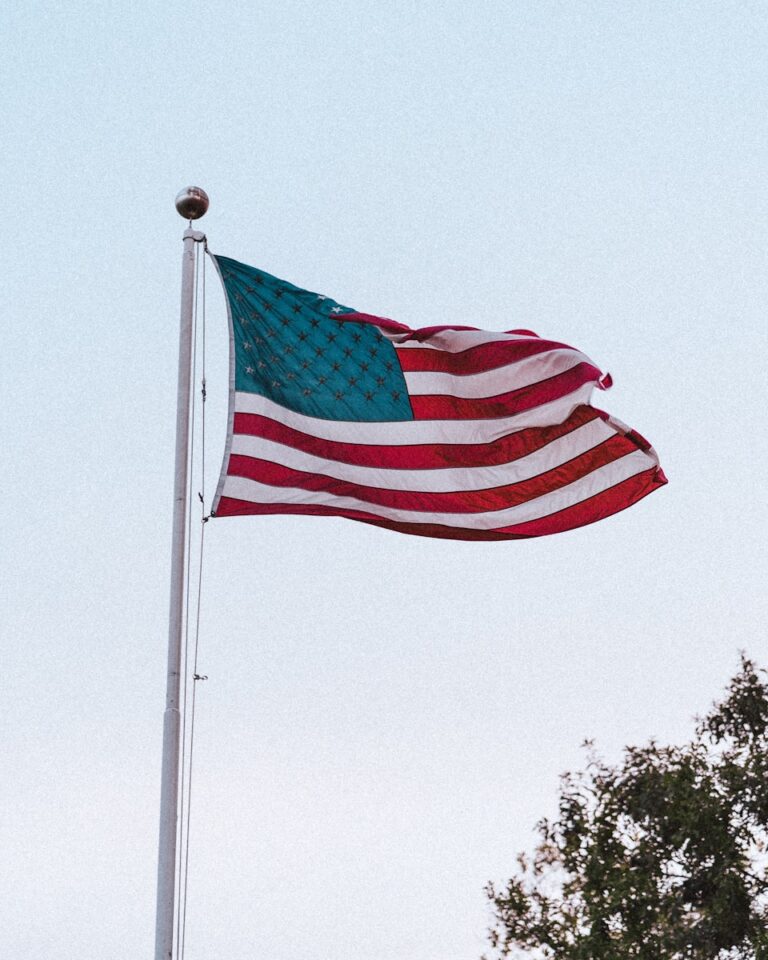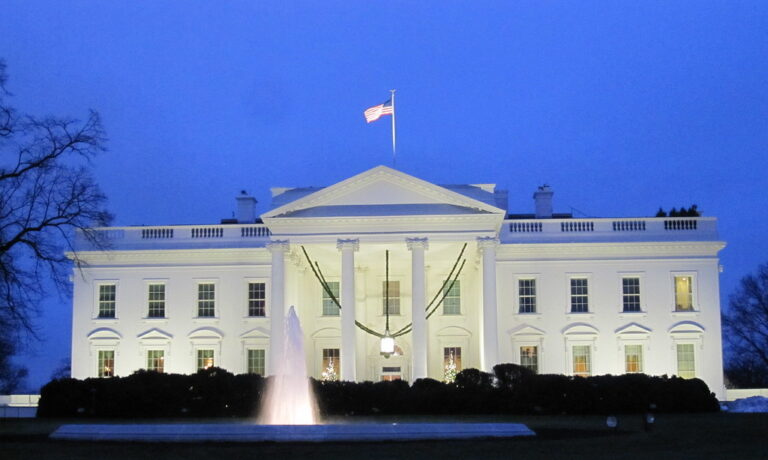Key Takeaways
• President Trump posted an AI video mocking “No King’s” protesters across several cities.
• CNN panelist Keith Boykin called the Trump AI video an “affront to democracy.”
• Boykin clashed with former Bush spokesman Pete Seat on the video’s meaning.
• Boykin said Republican silence on the video exposes party hypocrisy.
• The debate raises questions about AI’s role in political speech.
Trump AI video sparks democracy debate
President Trump released a new AI clip before last weekend’s “No King’s” protests. In the footage, he pilots a fighter jet named “King Trump.” The jet drops cartoonish excrement on crowds, including influencer Harry Sisson in New York. Millions joined protests that drew seven million people nationwide. Then people saw the crude jet attack. CNN’s NewsNight with Abby Phillip hosted a heated debate the next day.
On the show, author and CNN panelist Keith Boykin slammed the content. He said the Trump AI video insulted everyday Americans who joined peaceful rallies. He argued it showed disrespect for free speech and protest. Former George W. Bush spokesman Pete Seat disagreed. He downplayed any real damage from an AI clip.
Why the Trump AI video caused outrage
Boykin broke down why he saw the Trump AI video as an assault on democracy. He began by praising the millions who spoke up last weekend. “People have busy lives,” he said. “They took time to stand up for their rights. Then the president figuratively crapped on them.” He called the video “juvenile” and “immature,” but warned it spoke to deeper issues in the country.
Moreover, Boykin noted how Republicans responded. He pointed out that many stayed silent or even defended the video. “Their hesitance speaks volumes about hypocrisy in their party,” he argued. He reminded viewers that some party members once condemned teens for using racist language online. Yet now they shrug at the president’s crude actions. Boykin found that shift troubling.
By contrast, Pete Seat minimized the protest impact. He said the video was just a bit of harmless fun. He argued people could ignore it if they found it offensive. However, Boykin countered that the president’s office holds real power. He said a crude AI clip from the Oval Office carries weight. Therefore, its effect on public trust matters.
Republicans stay silent on AI video
Following the TV clash, many Republicans still avoided strong statements. Some said the video showed Trump’s sense of humor. Others claimed protesters deserved mockery after calling Trump a king. Yet few addressed concerns about free speech or political violence.
Meanwhile, critics noted that AI tools can spread harmful messages rapidly. They worry that normalizing crude or violent content may fuel real-world aggression. In addition, many see this moment as a test of party values. Do Republicans defend democracy or side with their leader at any cost?
The power of AI in politics
AI now lets public figures create vivid clips in minutes. They can insert themselves into war scenes, sports events, or protest footage. In this case, Trump’s team used AI to simulate a fighter jet. Because people trust videos, a clip can feel real at first glance. That trust gives leaders a potent way to shape opinions.
However, such power cuts both ways. Supporters can amplify positive messages. Yet opponents may spread false or harmful content just as fast. Therefore, experts urge clear labeling and strong ethics guidelines. Without rules, viewers may grow desensitized to extreme or hateful imagery.
What happens next
As protests continue, the debate over the Trump AI video may grow. Civil rights groups could demand apologies. Tech companies might review policies on political deepfakes. Lawmakers may push new regulations on AI content in elections.
In the meantime, the public will choose how to respond. Some may laugh it off as parody. Others might see it as a dangerous sign of political intolerance. Above all, this event highlights how digital tools shape modern democracy.
Conclusion
The Trump AI video on CNN stirred strong feelings on both sides. Keith Boykin viewed it as an insult to free speech and protest. Pete Seat dismissed those worries as overblown. Republicans’ muted response only deepened the controversy. As AI tools evolve, society must debate limits on political expression. Otherwise, democracy itself could face new threats in the digital age.
Frequently Asked Questions
What did the Trump AI video show?
The clip featured President Trump flying a fictional fighter jet that dropped cartoon waste on protesters. It used AI graphics to mock crowds that gathered for “No King’s” rallies.
Why did Keith Boykin call it an affront to democracy?
He argued that mocking citizens who peacefully protested disrespected free speech. He also pointed out that the president’s office holds real authority, so the video carried weight.
How did Republicans react to the AI clip?
Many stayed silent or praised the video as humor. Few addressed concerns about political tone, free speech, or the potential for AI misuse.
Could this lead to new AI regulations?
Yes. Lawmakers and tech experts may push for clearer rules on political deepfakes and AI content ahead of future elections.

